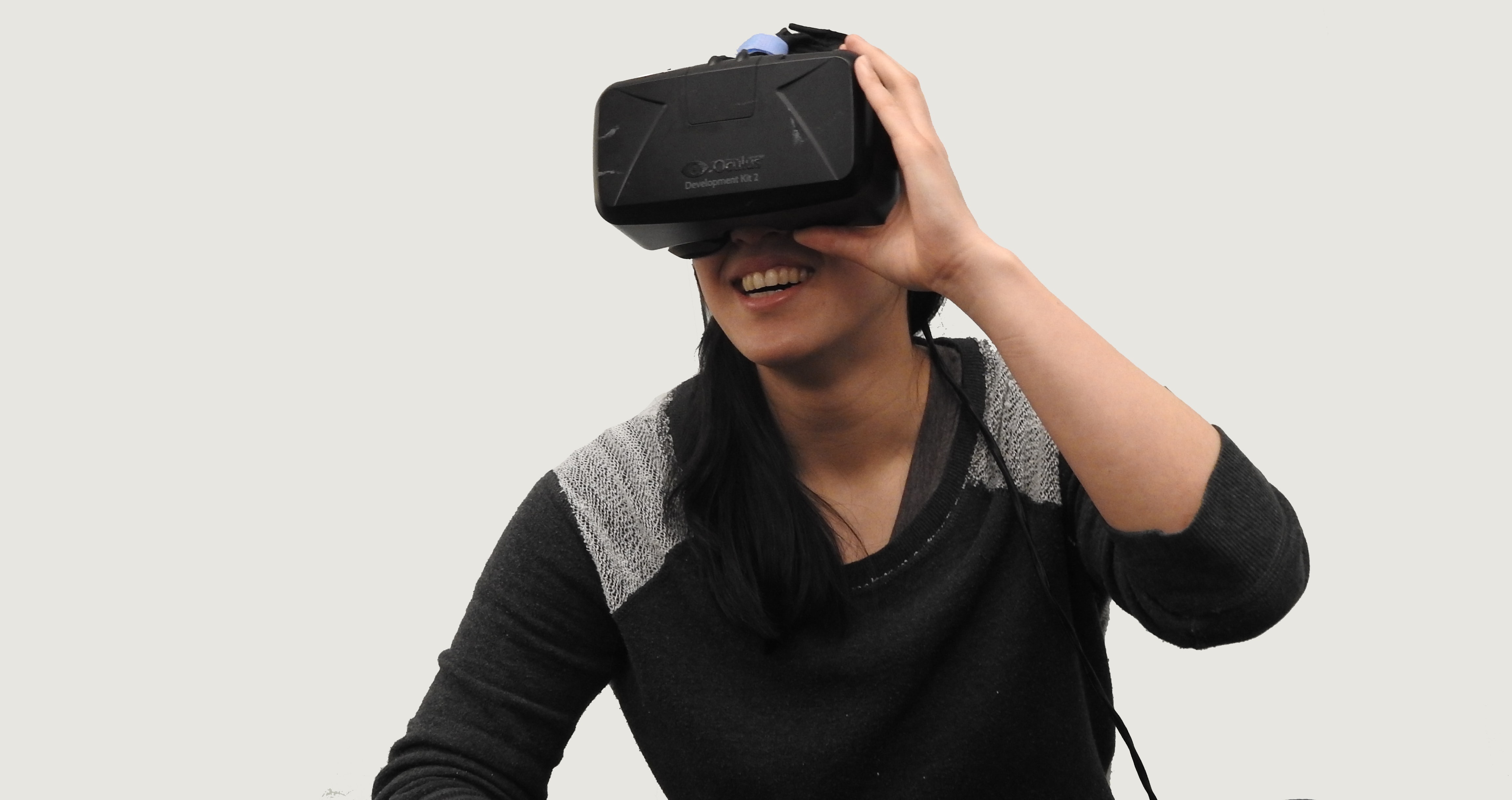
Background
Redirected walking is a concept that allows users to explore a virtual world by walking in the real world. They can perform actions and move around in the virtual environment while performing the same actions in the real world. Redirected walking techniques can enhance the immersion and visual-vestibular comfort of VR navigation, but are often restricted by the size, shape, and objects in the user's immediate physical surroundings. Users can run into objects, break objects, or injure themselves while exploring the virtual world. Therefore, a new method is needed to redesign redirected walking and make it safer for the user and his/her surrounding physical environment.
Technology
This technology provides an alternative, better process for dynamic saccadic redirection. This system and method can be applied to small physical environments that have static or dynamic obstacles. It revolves around the use of a head and eye-tracking virtual reality headset. The headset detects saccadic suppression and redirects the users during the temporary blindness of the real physical world. The dynamic path planning runs in real-time on a GPU, and therefore can effectively avoid static and dynamic obstacles which include walls, furniture, and even other VR users playing in the surrounding area. To make the saccadic redirection even more efficient, a subtle gaze direction method tailored is used for VR perception. This process also depicts that saccades significantly increase the rotation gains during redirection without actually introducing the visual distortions and/or simulator sickness. This can further allow this technology to be applied to large open virtual spaces and small physical environments for room-scale VR.
Advantages
The main benefit of this technology is that it enhances the immersion and visual-vestibular comfort of virtual reality navigation, and also reduces the limitations of the size, shape, and content of the physical environments.
Application
This technology will be applied to virtual reality navigation which can be further used for other uses such as video games, movies, etc.
Inventors
Arie Kaufman, Distinguished Prof. & Chair, Computer Science
Qi Sun, Graduate Student, Computer Science
Licensing Potential
Development partner,Commercial partner,Licensing
Licensing Status
Available for Licensing
Licensing Contact
Donna Tumminello, Assistant Director, Intellectual Property Partners, donna.tumminello@stonybrook.edu, 6316324163
Patent Status
Provisional patent
62/884,755
Tech Id
050-9023
